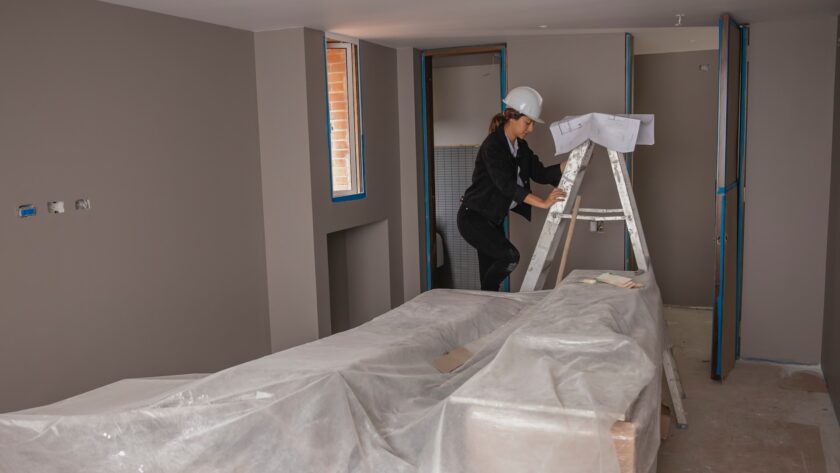Modern buildings and structures such as skyscrapers were only built with the help of engineers. Engineers take an architect’s blueprint and determine how to safely uphold the structure using various materials.
Historically, architects designed a building in relative isolation and then handed it over to an engineer to troubleshoot the construction. However, this model is slowly being discarded in favor of more collaborative approaches.
Contents
Streamlining the Design Process
The architect envisions the “what,” and engineers figure out the “how.” Traditionally, architects create what’s known as a blueprint or design plan. Engineers take the architect’s concept and determine the materials required to bring the architect’s vision to life. This is also where they address things like building safety, strength, and stability.
In the past, this process happened in siloes. Engineers consulted and checked the architects’ work during the design phase to ensure viability. As construction approached, engineers took on more of a central role. This model is slowly replacing more collaborative models prioritizing communication between disciplines.
The result is a more efficient and less error-prone process allowing better coordination during building construction. For example, collaboration in early design can help eliminate misunderstandings and avoid costly mistakes that could delay the completion of the building. This saves money, minimizes waste, and reduces carbon emissions.
Creating a More Well-Rounded Team
For architects and engineers to make the best design decisions, they need to be well-rounded. This means having access to the full range of engineering expertise, including geotechnical engineers for underground projects, transportation engineers for transit buildings, and structural engineers for building structures. Having engineers available to answer questions, provide early feedback on performance, and offer insight into the broader system is critical.
Architects and engineers can get to know each other personally by working on different projects. They learn each other’s communication styles, strengths, and weaknesses. This familiarity translates to a smoother workflow and efficiency in solving problems.
Traditionally, the architect makes most of the initial design decisions and then hands it off to the engineer to troubleshoot the structure and fix issues that may arise during construction. This design-bid-build model is slowly being phased out in favor of more collaborative models. These include integrated project delivery, where all parties (architects, engineers, project managers, and clients) sign a joint contract at the beginning of the process that outlines shared risk and involvement.
Making Better Design Decisions Early in the Process
Architects’ and engineers’ roles have significantly evolved in recent years. While the responsibilities of architects focus on the ‘what,’ engineers are in charge of the crucial ‘how.’ This approach results in a seamless process model for architectural concepts to structural engineering and construction.
This structure allows for collaboration from the beginning of the project and enables everyone to be on the same page. This can result in better design decisions and a more efficient construction process.
It also encourages digital tools like BIM, allowing for a more collaborative stance between disciplines. This helps to overcome preconceived professional attitudes that can hinder cross-disciplinary work. Ultimately, this can result in more effective buildings tuned to comfort and sustainability and reduce operational energy, embodied carbon, and potable water demands across a building’s lifespan. This, in turn, can significantly lower a building’s whole life costs.
Developing a Better Relationship
Having an open line of communication, keeping documents in a central location that everyone can access, and working on a system of transparency reduce the risk of misunderstanding and disputes. A collaborative process ensures that everyone is on the same page throughout construction and that any issues can be quickly resolved to avoid causing unnecessary delays.
By bringing architects and engineers together early on, they can build trust that allows them to work more effectively as a team. While disagreements will still occur, they should be able to discuss these differences openly and respectfully without being bogged down with finger-pointing or conflicting opinions. This will allow more time to focus on the big picture and create a successful project. This is what collaboration is all about. The result is a project that performs as expected, on time, and within budget.




